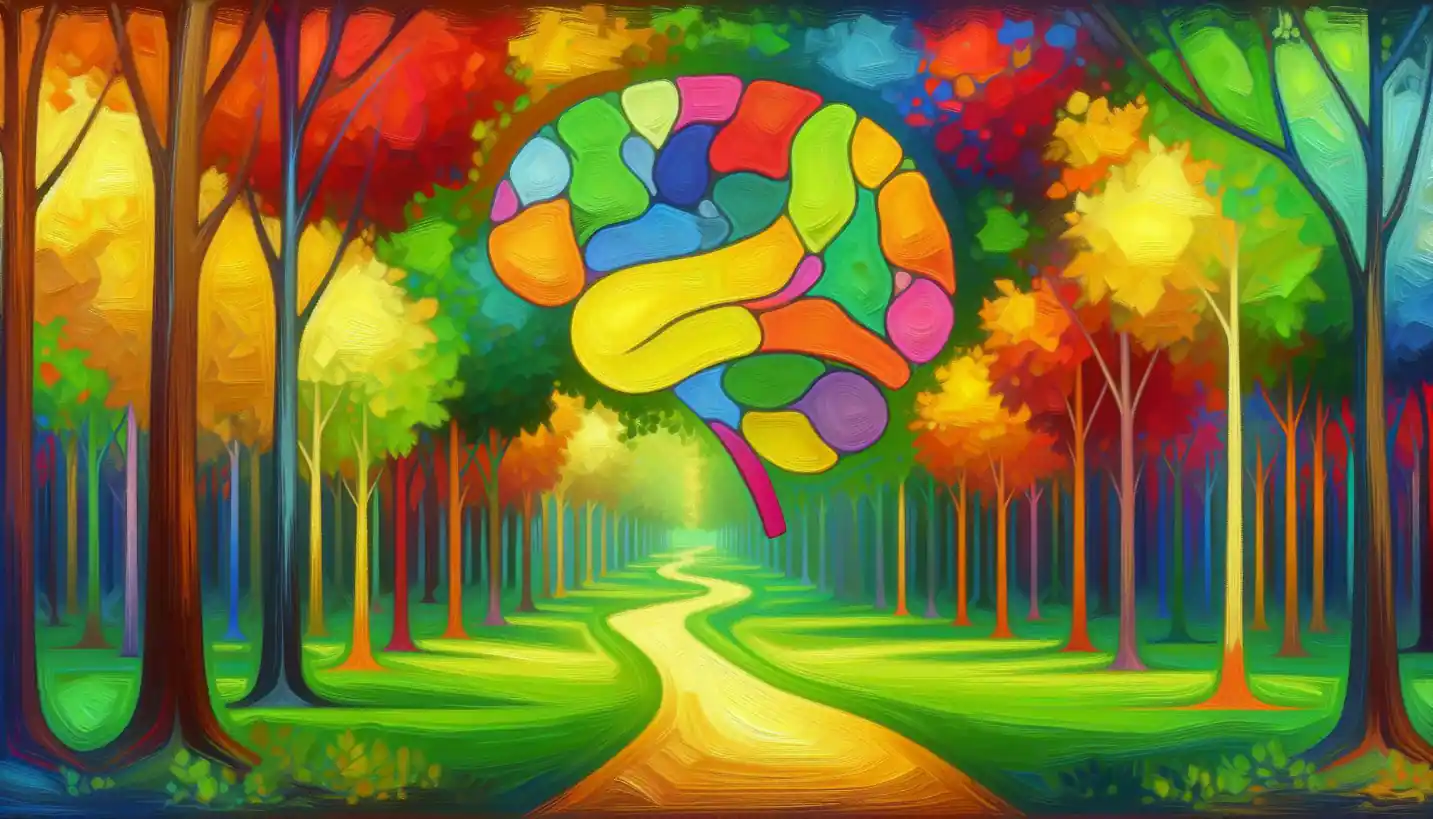· Psychology · 5 min read
Brain Lateralization: Understanding the Two Sides of Your Mind
Brain lateralization explains how different hemispheres of the brain specialize in various functions, contributing to the diversity of human abilities.

Picture this: you’re about to draw a sketch, and as you start, you realize your left hand seems to be just getting in the way, while your right hand moves almost like it’s been doing this forever. Or maybe you’ve noticed how one side of your brain seems to be more active when you’re doing math compared to when you’re writing a poem. What’s going on here is a fascinating phenomenon known as brain lateralization, which is all about how the two halves of our brain work together, yet specialize in different tasks.
The Basic Anatomy of Brain Lateralization
The human brain is divided into two hemispheres, the left and the right, which are physically connected by a thick band of nerve fibers known as the corpus callosum. This structural arrangement has led scientists to wonder how tasks and processes are distributed between these two sides. Think of the brain as a highly synchronized machine, where each hemisphere might handle different tasks to make the overall system more efficient.
The Specialization of Hemispheres
Brain lateralization suggests that each hemisphere of the brain has specialties. The left hemisphere is often associated with logic, analytical thinking, and language. It’s the side that kicks in when you’re solving math problems, reading, or engaging in tasks that require a step-by-step approach. On the other hand, the right hemisphere is linked to creativity, spatial ability, and intuition. It’s what you might rely on when painting, understanding music, or processing the emotions of a story.
But here’s the catch: this is a generalization. Not everyone fits neatly into these boxes, and there’s a lot more interconnectedness than these categories suggest. Most tasks involve both hemispheres to some extent.
Historical Perspectives and Discoveries
The story of brain lateralization took off in the 19th century when a French physician named Paul Broca discovered that damage to a specific area in the left hemisphere of the brain, now called Broca’s area, affected speech and language abilities. This was one of the first clues that certain functions are localized in specific cerebral hemispheres.
Fast forward a century, and we meet Roger Sperry, a neuroscientist who won the Nobel Prize for his work with split-brain patients. These were people who had undergone surgery to sever the corpus callosum to treat severe epilepsy. This procedure led to groundbreaking discoveries about how the two halves of the brain could function independently, revealing even more about lateralization.
How Lateralization Affects Everyday Life
Many people wonder how brain lateralization affects them personally. Some might take “Which side of your brain is dominant?” tests, hoping to unlock the secrets of their mind. While these tests are more fun than factual, they do highlight a genuine curiosity about how our brains work.
In practical terms, understanding lateralization has real-world applications. For instance, teaching methods can be tailored to encompass both logical and creative learning styles. Knowing that your left brain processes words and numbers may help in designing more effective educational tools for reading and math. Understanding the right brain’s strengths might encourage the use of music, images, or storytelling in learning.
Debunking Myths
One common myth is the idea that people are “left-brained” or “right-brained,” suggesting that they are purely analytical or purely creative. In reality, the brain is more of an integrated system. Tasks that seem to use one hemisphere over the other often involve both hemispheres working together. Language, for instance, is a left hemisphere task, but understanding context and emotion involves the right hemisphere.
Another myth is that one hemisphere is more important than the other. Both sides are crucial and complement each other’s functions. It’s like having two hands; one might be dominant, but both are essential.
Fascination and Future Research
The field of brain lateralization continues to be an exciting area of research. Scientists are exploring questions like how lateralization evolves, whether it’s influenced more by genetics or environment, and how it affects neural development. With advances in brain imaging and enhanced understanding of genetics, researchers are hopeful about uncovering deeper insights into lateralization.
Future research could also explore how lateralization impacts neurological and psychological conditions. For example, understanding lateralization may provide insights into dyslexia, which involves difficulties in left hemisphere language areas, or into autism, where atypical lateralization patterns are sometimes observed.
The Importance of Brain Lateralization
Why should we care about brain lateralization? First, it provides vital insights into how we think and function. By recognizing how each hemisphere contributes to our abilities, we can better understand and appreciate the complexity of human cognition.
This knowledge can also guide developments in education, therapy, and even artificial intelligence. By mimicking the brain’s lateralization, we might develop smarter, more human-like AI systems. Additionally, understanding these concepts helps in crafting strategies to harness both hemispheres to improve personal and professional skills.
In conclusion, while the old idea of left-brained versus right-brained people might be too simplistic, the reality of brain lateralization is a testament to human complexity. Both hemispheres of your brain are continuously working together, making you efficient, creative, and logical at the same time. As science unfolds more of these secrets, who knows what we’ll discover next about the marvelous universe within our minds?



